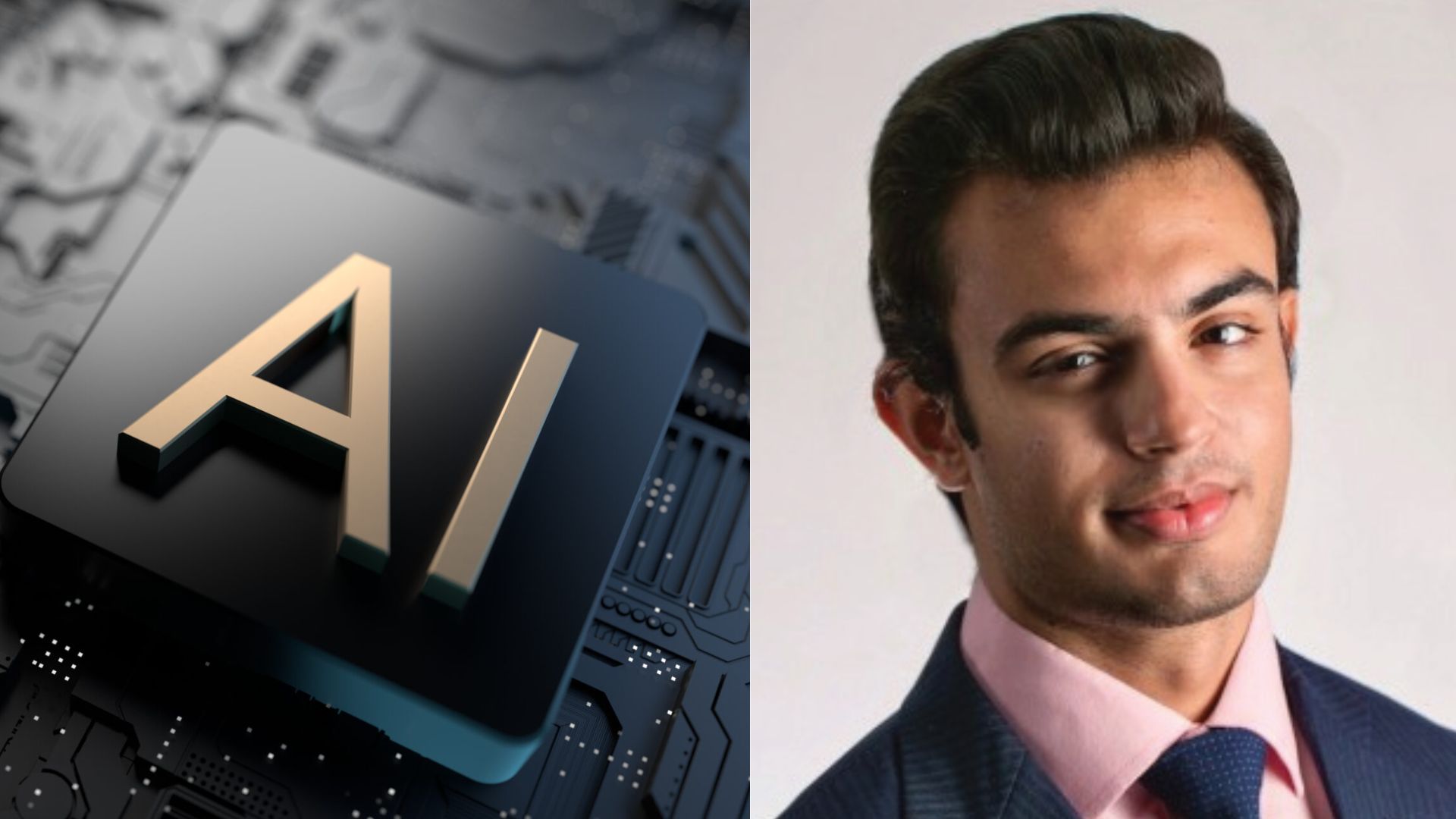NEW DELHI: Paras Chaudhary, an exceptional Tech Visionary and entrepreneur who is shaping the future of artificial intelligence (AI) and machine learning (ML). His entrepreneurial venture, CareAsOne, is revolutionizing the home-care industry. By leveraging cutting-edge technology his company ensures quality caregiving for the elderly and disabled. Paras’s work transcends business—it’s a mission of empowerment and accessibility.
In an exclusive interview with The Sunday Guardian he said that, ‘Successful integration of AI algorithms to enhance homecare services is our biggest achievement’
Excerpts
Q: What motivated you to enter into the business of AI?
A: My motivation to enter the business of AI stemmed from a deep fascination with technology and its potential to transform lives. Growing up in NCR, India, I saw firsthand how technology could bridge gaps and create opportunities. This inspired me to pursue a career in AI to solve real-world problems, particularly for underprivileged and marginalized communities.
I am also captivated by AI’s ability to quantify human subjectivity, understand the quirks and biases that make us human, and delve into psychology. This blend of technology and psychology drives my work, as I believe understanding these human elements allows us to create more empathetic and effective AI solutions.
Q: Why did you choose USA over India as your marketplace?
A: The USA offered a more mature ecosystem for AI research and development, with access to top-notch talent, cutting-edge resources, and a thriving
Q: What were your achievements from FY24, and what were the major constraints?
A: In FY24, I made significant strides in applying AI to improve access to justice and healthcare for underprivileged communities. A notable achievement was the successful integration of AI algorithms into CareAsOne, enhancing homecare services for older individuals.
Additionally, I developed an AI-driven legal assistance platform for Morgan & Morgan, which improved case analysis and client satisfaction. However, constraints included limited resources for extensive research and development, and the need to address regulatory and ethical issues in AI deployment.
Q: What are the key challenges you face when developing AI solutions, and how do you overcome them?
A: The key challenges in this field include maintaining data quality and integrity, addressing algorithmic bias, and navigating complex regulatory requirements. To overcome these challenges, I employ rigorous data validation processes, leverage diverse datasets to mitigate bias, and stay up-to-date on legal and ethical standards. Additionally, collaborating with interdisciplinary teams enables a comprehensive approach to addressing these challenges and ensures a robust and responsible solution
Q: How do you approach the ethical considerations of AI, especially concerning data privacy and algorithmic bias?
A: Ethical considerations are central to my work. I prioritize transparency in AI development, ensuring data privacy through robust encryption and anonymization. To tackle algorithmic bias, I use diverse datasets and continuously monitor AI systems for fairness and equity. Ethical guidelines and frameworks guide my decision-making, ensuring responsible AI deployment.
Q: Can you elaborate on how AI and Machine Learning algorithms were integrated into CareAsOne and the specific benefits they brought?
A: At CareAsOne, we integrated AI and Machine Learning to enhance predictive analytics, optimize resource allocation, and improve caregiver matching. This enabled more personalized and efficient care for older individuals, leading to better health outcomes and increased satisfaction. It also streamlined administrative tasks, reducing the time agencies spent on creating job listings and lowering operational costs. This improved service quality and made agencies more efficient and satisfied.
Q: Can you provide an example of a project where AI significantly improved operational efficiency or business outcomes?
A: One notable project was the development of an AI-driven legal assistance platform for Morgan & Morgan. By leveraging natural language processing and predictive analytics, we created a system that quickly analyzes case data, predicts outcomes, and provides strategic insights. This resulted in faster case resolutions, improved client satisfaction, and increased operational efficiency for the firm.
Q: How do you ensure that the AI solutions you develop are scalable and sustainable in the long term?
A: To ensure scalability and sustainability, I focus on building modular and flexible AI architectures that can adapt to changing needs. Continuous monitoring, maintenance, and iterative improvements based on user feedback are crucial. Additionally, I prioritize energy-efficient algorithms and leverage cloud-based solutions to manage resources effectively and sustainably.
Q: What is your action plan for FY25?
A: For FY25, my action plan focuses on optimizing costs by reducing AI expenditures. We plan to replace some large language model (LLM) costs with traditional machine learning solutions and more affordable open-source models. By paying only for compute resources and utilizing serverless computing, we aim to lower operational costs while maintaining high performance and efficiency.
Q: Targeted revenue for FY25 vs last year?
A: For FY25, I have set a revenue growth target of 20% year-over-year, factoring in expected cost savings from optimized AI investments and sustained growth in AI-driven initiatives. Our strategy focuses on harnessing cost-effective technologies to drive revenue growth, delivering high-impact solutions, and maintaining our dedication to innovation and excellence.

